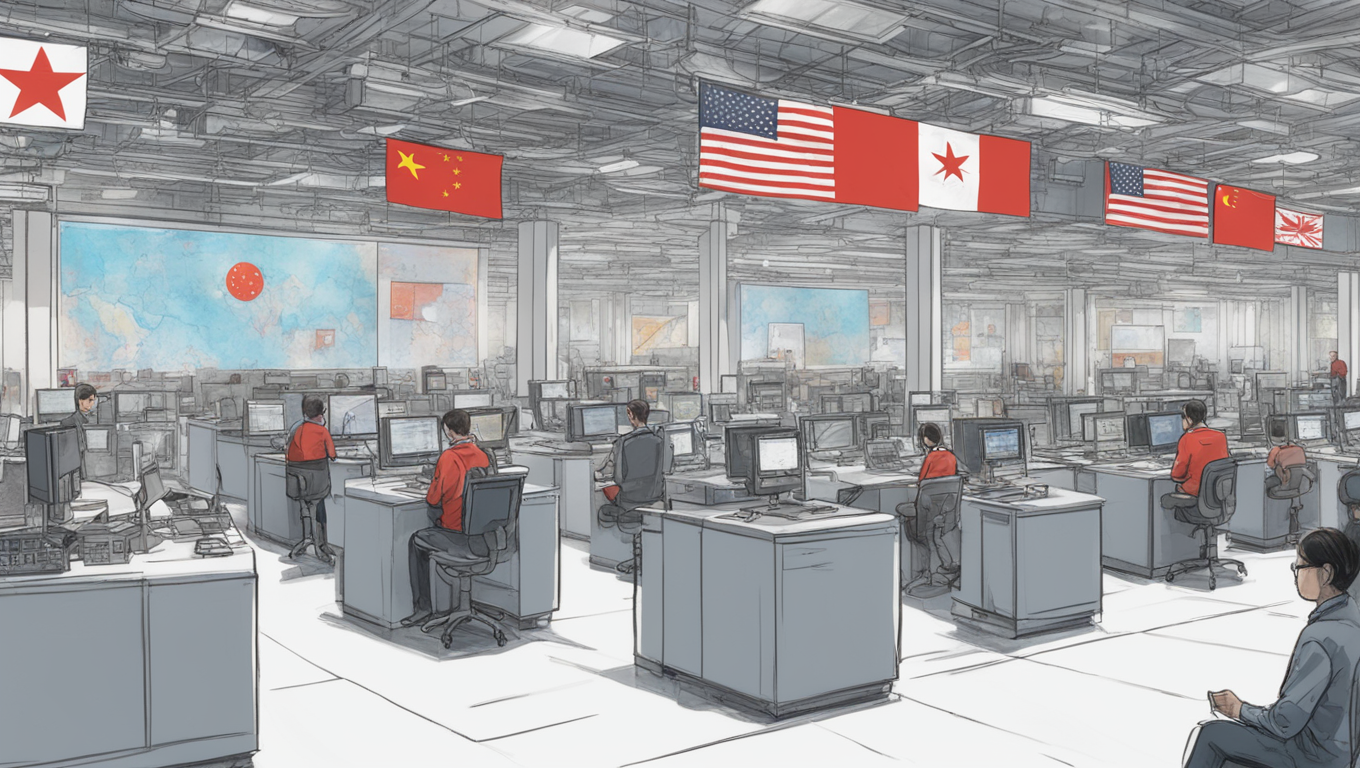In the race to develop artificial general intelligence, China is focusing on strengthening its computing power as a strategic initiative. The country’s booming digital economy and innovations in large language models have made powerful computing a major priority. At the Global Digital Economy Conference 2024, it was revealed that China had over 8.1 million standard racks in use at data centers with a total computing power of 230 EFLOPS. Wang Xiaoli from the China Academy of Information and Communications Technology described computing power as the “new energy” driving the digital economy and reshaping global economic landscapes.
China has set ambitious goals for the future, aiming to increase its aggregate computing power by over 30% by 2025. The government plans to reach a total computing power of 300 EFLOPS by that time. However, achieving these goals requires a significant amount of electricity to operate and cool the hardware in data centers. Energy efficiency is crucial, and China’s related sectors are making efforts to integrate the development of green energy with computing power.
One example is Yovole Network, a cloud computing data center service provider based in Shanghai. Yan Gang, the technical director, explained their strategy for efficient energy storage, which includes the use of advanced energy management technologies and partnering with Tesla for Megapack energy storage. The combination of hydrogen energy, photovoltaic storage, indirect evaporative cooling, and liquid cooling technologies is employed in their intelligent computing center.
Eastern regions of China have also been benefiting from the demand for computing power. Western provincial-level regions, with their abundant green energy resources and favorable geographical conditions, have established massive data centers to support the country’s intelligent industries. Ulanqab, a city in Inner Mongolia, signed a strategic cooperation memorandum with the Beijing Municipal Commission of Economy and Information Technology to provide green computing power to Beijing. By 2025, Ulanqab plans to supply over 10,000 PFLOPS of green general-purpose computing power annually.
In addition to establishing infrastructure like data centers, computing service providers are exploring ways to integrate computing power directly into enterprises, households, and business districts. This “computing power plus” model involves deep collaborations with sectors such as finance, education, healthcare, and transportation. For example, in Beijing’s autonomous driving demonstration area in Yizhuang, holographic smart devices and multifunctional poles along the road utilize abundant computing resources to optimize driving solutions and enhance traffic safety and efficiency.
Jin Zhuanglong, the minister of industry and information technology, highlighted the wide application of computing power across various sectors. It is driving the emergence of new technologies, models, and business forms, providing significant momentum for high-quality economic development.
China’s efforts to unleash its computing power potential are reshaping not only its own digital economy but also influencing the global economic landscape. With ambitious goals, the integration of green energy, and innovative collaborations with different sectors, China is positioning itself as a digital superpower in the era of interconnected devices and data surges.





Use the share button below if you liked it.